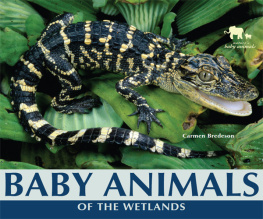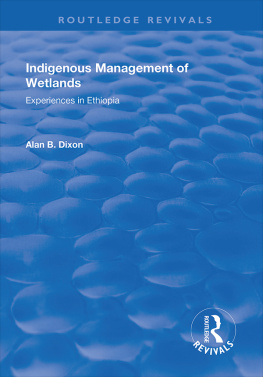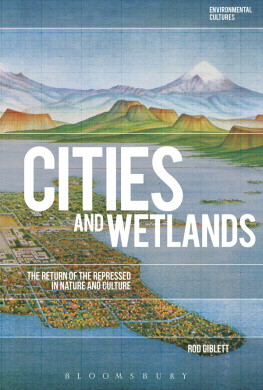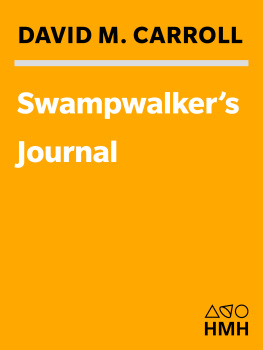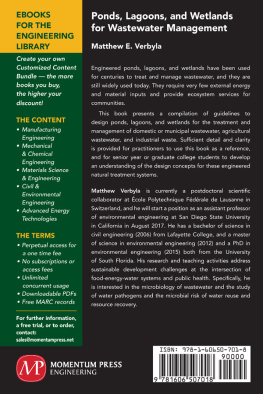Sanjeev Sharma - Wetlands Conservation: Current Challenges and Future Strategies
Here you can read online Sanjeev Sharma - Wetlands Conservation: Current Challenges and Future Strategies full text of the book (entire story) in english for free. Download pdf and epub, get meaning, cover and reviews about this ebook. City: Hoboken, year: 2021, publisher: Wiley-Blackwell, genre: Science. Description of the work, (preface) as well as reviews are available. Best literature library LitArk.com created for fans of good reading and offers a wide selection of genres:
Romance novel
Science fiction
Adventure
Detective
Science
History
Home and family
Prose
Art
Politics
Computer
Non-fiction
Religion
Business
Children
Humor
Choose a favorite category and find really read worthwhile books. Enjoy immersion in the world of imagination, feel the emotions of the characters or learn something new for yourself, make an fascinating discovery.

- Book:Wetlands Conservation: Current Challenges and Future Strategies
- Author:
- Publisher:Wiley-Blackwell
- Genre:
- Year:2021
- City:Hoboken
- Rating:5 / 5
- Favourites:Add to favourites
- Your mark:
Wetlands Conservation: Current Challenges and Future Strategies: summary, description and annotation
We offer to read an annotation, description, summary or preface (depends on what the author of the book "Wetlands Conservation: Current Challenges and Future Strategies" wrote himself). If you haven't found the necessary information about the book — write in the comments, we will try to find it.
An up-to-date overview of approaches for addressing wetlands degradation and its effects on ecosystem services, human health, and other ecosystems
Wetlands are essential sources of biodiversity, water purification, groundwater replenishment, flood control, storm protection, sediment retention, recreation and tourism, and more. Human exploitation of natural resources over the past 200 years has caused significant wetlands degradation and loss. Although the Ramsar Convention of 1971 drafted polices for wetland conservation and responsible use, many wetland sites remain inadequately conserved or managed. Maintaining the ecological balance and equilibrium of wetlands requires a clear understanding of the vital role of wetlands, the difficulties they face, and the policies enacted for their protection.
Wetlands Conservation: Current Challenges and Future Strategies summarizes both current and emerging management strategies, trends, and policies regarding wetlands protection around the world. The authors provide accurate scientific information on wetlands while discussing the effects of climate change, global warming, modernization in agriculture, and other key topics. Designed to assist in the development of future solutions for wetlands conservation and management strategies, this important volume:
- Highlights the environmental, socioeconomic, and cultural importance of wetlands
- Identifies the factors responsible for the failure of many conservation initiatives
- Describes the natural and anthropogenic factors of wetlands degradation
- Discusses the role of community-based wetlands conservation and management
- Explores Ramsar wetlands conservation and its impacts worldwide
Wetlands Conservation: Current Challenges and Future Strategies is an invaluable resource for graduate and postgraduate students, researchers, ecologists, policymakers, conservation organizations, and others working in the field of natural resources management.
Sanjeev Sharma: author's other books
Who wrote Wetlands Conservation: Current Challenges and Future Strategies? Find out the surname, the name of the author of the book and a list of all author's works by series.

